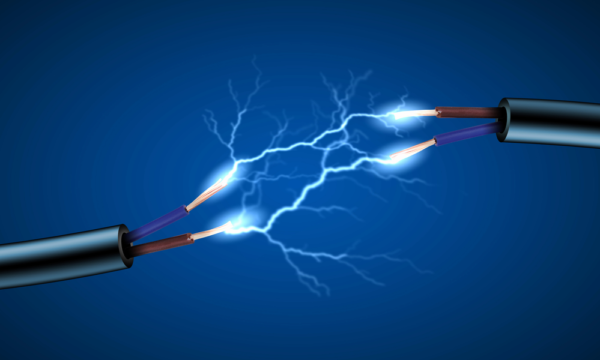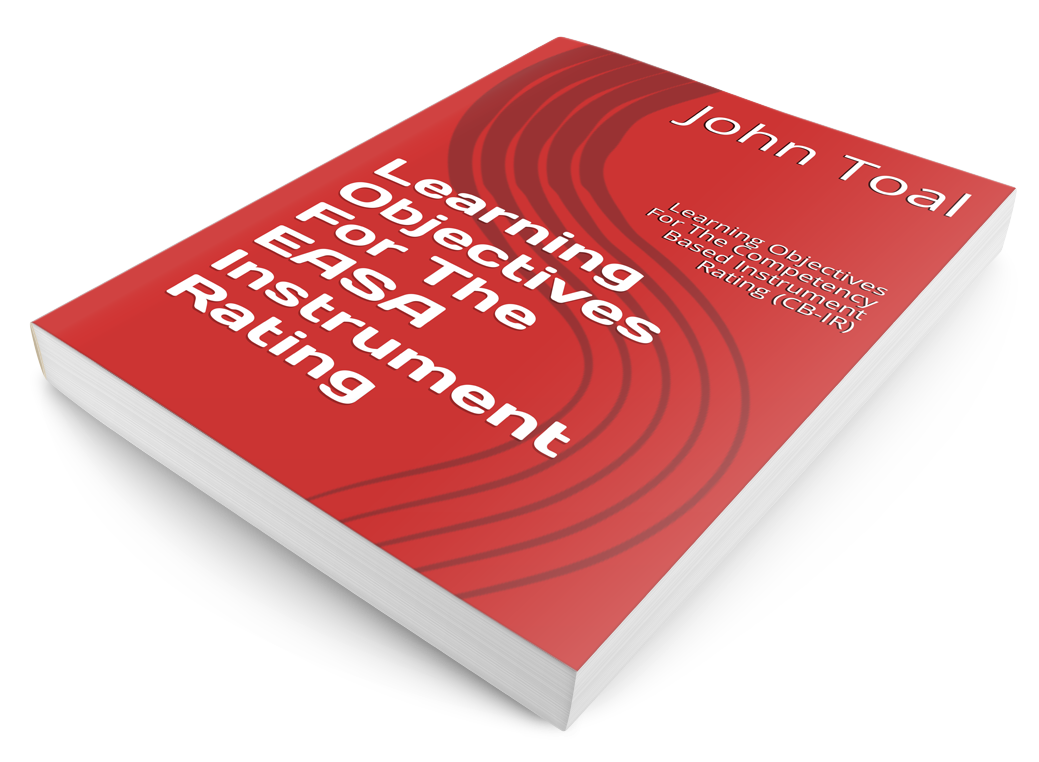Electricity Terms for PPL Theory

Electricity
Electricity is one of the topics students are required to know about and it is listed in the EASA PPL syllabus. The definitions of electricity that you need to know are described below and you will need to become familiar with them.
Electricity is a form of energy resulting from the movement of electrons through a conductive medium, such as wires or circuits. It is a fundamental force in modern society, powering various devices and systems.
Direct Current (DC)
Direct Current is the flow of electric charge in a single direction through a circuit. The voltage in a DC circuit remains constant with time. Batteries and solar cells are common sources of direct current.
Voltage (V)
Voltage, also known as electromotive force (EMF) or electric potential difference, is the driving force that pushes electric charges through a circuit. It is measured in volts (V). A higher voltage means that there is more potential energy available to move electric charges.
Current (I)
Electric current is the flow of electric charge (usually electrons) through a conductor. It is measured in amperes (A). Current represents the rate of flow of charge through a specific point in the circuit.
Resistance (R)
Resistance is a property of a material that opposes the flow of electric current through it. It is measured in ohms (Ω). Materials with high resistance impede the flow of electrons, while materials with low resistance allow current to flow more easily.
Conductivity
Conductivity is the inverse of resistance and measures how easily a material allows electric current to flow through it. Highly conductive materials have low resistance, while poorly conductive materials have high resistance.
Ohm’s Law
Ohm’s Law: Ohm’s Law is a fundamental principle in electrical circuits, named after the German physicist Georg Simon Ohm. It states that the current passing through a conductor between two points is directly proportional to the voltage across the two points, given constant temperature (for conductors that follow Ohm’s Law). The mathematical representation of Ohm’s Law is:
V = I x R
where:
- V = Voltage (in volts)
- I = Current (in amperes)
- R = Resistance (in ohms)
Power (P)
Power in an electrical circuit is the rate at which work is done or the rate at which energy is transferred or converted. It is measured in watts (W). The power consumed by an electrical device can be calculated using the following formula:
P = V x I
where:
- P = Power (in watts)
- V = Voltage (in volts)
- I = Current (in amperes)
Work
In the context of electricity, work refers to the energy transferred or expended by an electric current as it flows through a circuit and encounters resistance. The work done is related to the power consumed and the time during which the current flows.
The unit of work is the joule (J).
Alternating Current (AC)
Alternating current is a type of electrical current where the direction of the flow of electrons reverses periodically. In other words, the current alternates between positive and negative directions in a continuous manner.
AC is the most common type of electricity used in homes and businesses as it is more practical for long-distance transmission and can be easily transformed to different voltage levels.
Amplitude
In the context of AC, the amplitude refers to the maximum value of the current or voltage. Since AC changes its direction periodically, its current and voltage vary between positive and negative values. The amplitude represents the peak value of these fluctuations.
Phase
Phase refers to the timing relationship between two AC waveforms. When multiple AC waveforms exist in a circuit (e.g., in three-phase power systems), they are said to have a specific phase relationship.
The phase is measured in degrees and indicates the time difference between corresponding points on two waveforms.
Frequency
Frequency is the number of complete cycles of an AC waveform that occur per unit of time. It is measured in hertz (Hz), where one hertz represents one cycle per second. For example, if the AC frequency is 60 Hz, it means there are 60 complete cycles in one second.
Summary
Understanding these concepts is crucial for comprehending the behaviour of electrical systems and circuits, as well as for designing and troubleshooting electrical equipment.
Did you enjoy this post? Why not leave a comment below and continue the conversation, or subscribe to my feed and get articles like this delivered automatically to your feed reader.








Comments
No comments yet.
Sorry, the comment form is closed at this time.